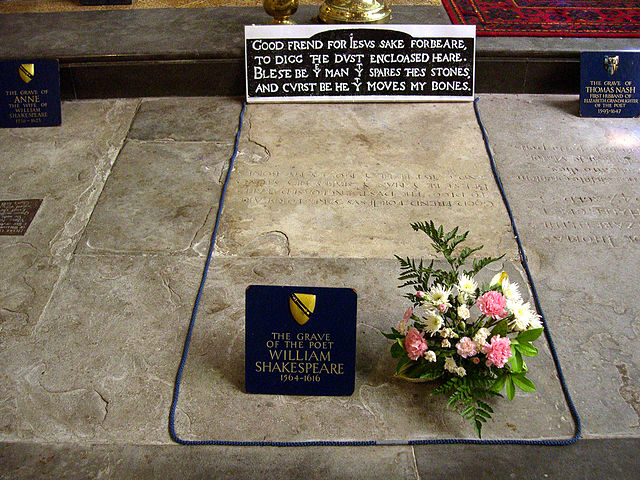The Deseret alphabet is a phonemic English-language spelling reform developed between 1847 and 1854 by the board of regents of the University of Deseret under the leadership of Brigham Young, the second president of the Church of Jesus Christ of Latter-day Saints. George D. Watt is reported to have been the most actively involved in the development of the script's novel characters, which were used to replace those of Isaac Pitman's English phonotypic alphabet. He was also the "New Alphabet's" first serious user. The script gets its name from the word deseret, a hapax legomenon in the Book of Mormon, which is said to mean "honeybee" in the only verse it is used in.
The Sermon on the Mount as it appears in the 16 February 1859 edition of the Deseret News.
An 1876 campaign ticket for the People's Party of Utah. The Deseret type is recycled to make a border. The "words" in the border are gibberish.
Hymn from the Deseret Second Book, printed in 1868. The first line of the hymn reads "I'll serve the Lord while I am young" (𐐌'𐑊 𐑅𐐲𐑉𐑂 𐑄 𐐢𐐫𐑉𐐼 𐐸𐐶𐐴𐑊 𐐌 𐐰𐑋 𐐷𐐲𐑍), and is pronounced as /aɪl sʌrv ð(ə) lɔːrd hwaɪl aɪ æm jʌŋ/.
A fragment of Marion Shelton's Hopi dictionary, the source of his handwriting. This section shows translations into the Hopi language (Orayvi dialect) for words that start with the English phoneme /oʊ/.
English-language spelling reform
For centuries, there have been movements to reform the spelling of the English language. It seeks to change English orthography so that it is more consistent, matches pronunciation better, and follows the alphabetic principle. Common motives for spelling reform include quicker learning, cheaper learning, and making English more useful as an international auxiliary language.
President Theodore Roosevelt was criticized for supporting the simplified spelling campaign of Andrew Carnegie in 1906.
The epitaph on the grave of William Shakespeare spells friend as frend.






